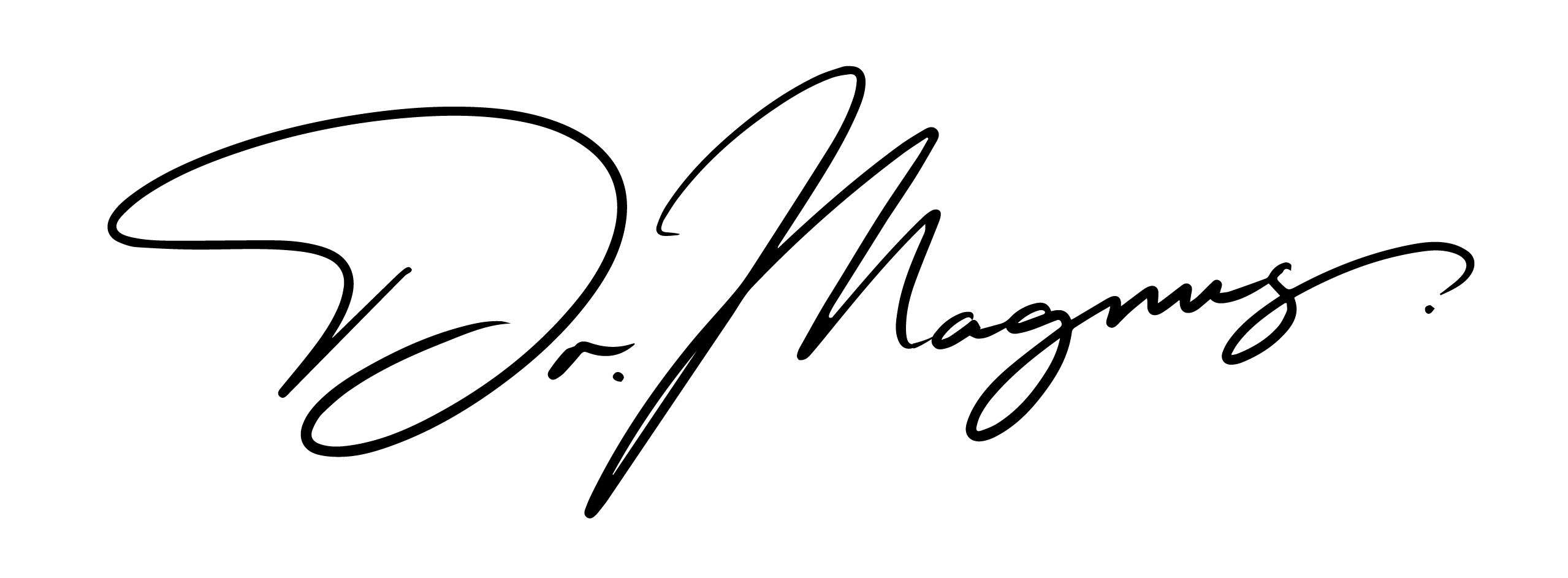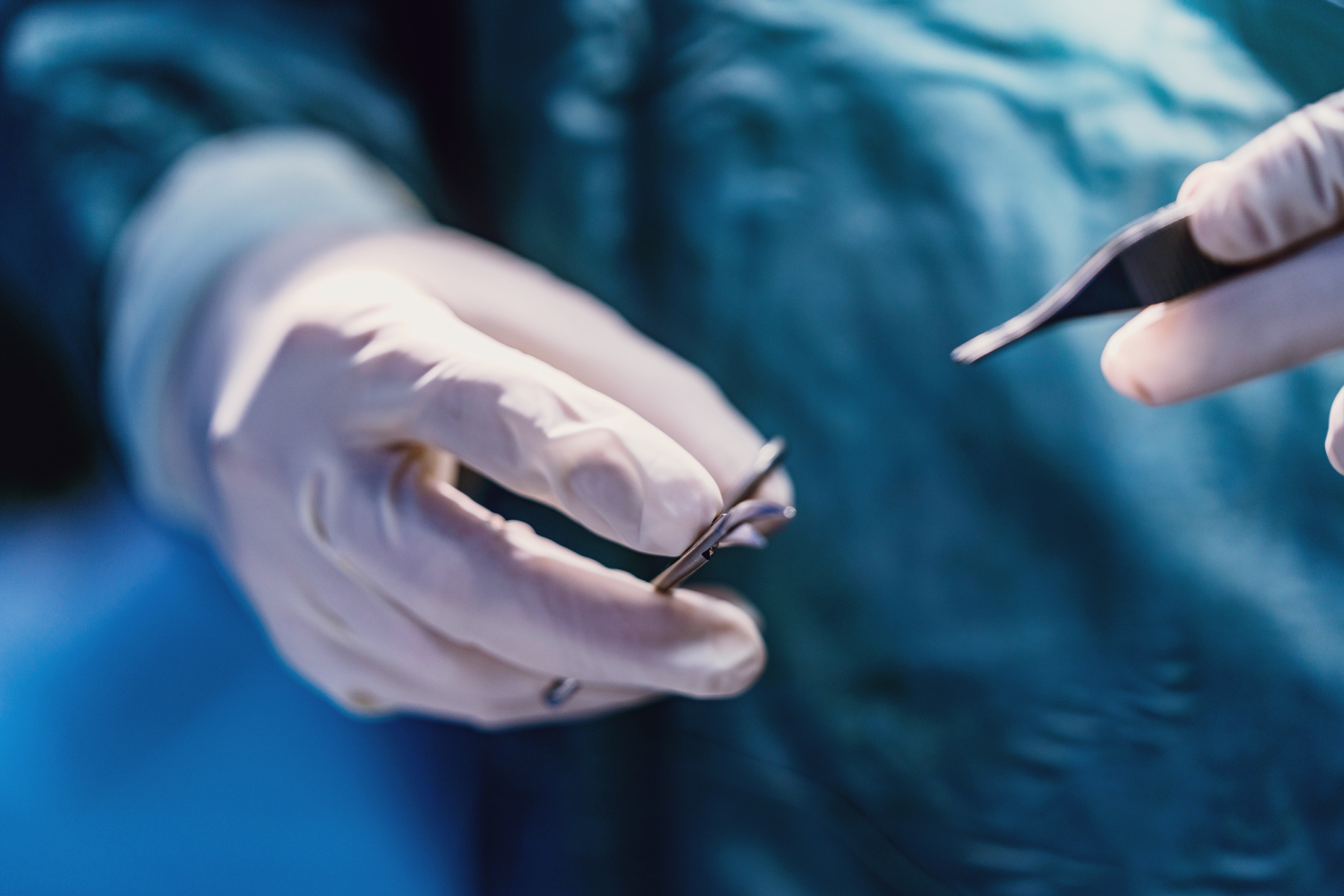 | 12 min read
| 12 min read
In most cases it is advisable to attend for an in person consultation on a separate day prior to surgery. This is allow you time to weigh up the risks and benefits of the treatment and so that you are fully prepared for what to expect afterwards. If you wish to have a procedure at the time of your initial visit it is important that you inform me in advance in order that the appropriate facilities can be booked. In this situation I will usually advise you to have a remote (telephone or video) consultation prior to attending.
Once you have attended for a consultation, you will be provided with a procedure code and - if you are paying for the treatment yourself - a quotation. If you have medical insurance you will need to obtain authorization for the procedure. Once you have completed these steps you can speak to my practice management team on 0203 389 6076 to book the procedure.

On the day of your procedure I will meet you in the operating room and discuss again the procedure and any additional questions that you might have. I will then ask you to sign a consent form. It is important that you read this consent form carefully before attending for the procedure.
My goal is to minimize to the greatest extent possible any pain or discomfort that you experience. There may be temporary discomfort for a few seconds as the local anaesthetic is injected and you then you will not experience discomfort throughout the remainder of the procedure.
In most cases, a dressing will be in place after the surgery. Unless otherwise instructed on the day of surgery, after 48 hours remove the dressing and apply a thin layer of Vaseline (buy a new pot in advance of your surgery) directly over the site several times a day until the wound has fully healed. This will help to keep your wound clean and moist and will prevent scabs from forming.
Depending upon the type of surgery that is performed you may have stitches. Generally minor procedures such as removal of a harmless mole or skin tag do not need stitches but larger procedures will do. Where stitches are needed you will usually need to return for removal 7-14 days after the procedure. Stitch removal will usually be performed by a nurse.
Avoid vigorous exercise and swimming or hot tubs for at least one week or until the wound is fully closed. Depending upon the site you may need to be careful with heavy exercise or lifting for a number of weeks/months to prevent stretching of the scar.
Avoid exposing the wound to direct sunlight. Once the wound is healed, use sunscreen with an SPF of 30 or higher to protect the area for at least six months.
You should avoid drinking alcohol for at least 48 hours after the procedure as this increases the risk of bleeding.
Rarely bleeding will occur after the procedure - sometimes hours later. If this happens, press firmly on the dressing for 15 minutes by the clock. If the bleeding persists press for another 15 minutes. In the very unlikely event you have bleeding that you cannot stop go to your local A&E department.
The local anaesthetic will begin to wear off about one to two hours after the procedure. If you need take a painkiller, use over-the-counter pain relievers such as paracetamol (do not take together with any other medication that contains paracetamol). Do not take aspirin or ibuprofen as these can increase the risks of bleeding.
Monitor your wound for signs of infection, which may include: Increased pain, swelling, redness, fever or discharge of pus. If you notice evidence of infection you should contact me.
In most cases I will send the sample that is removed for pathological analysis. This is obviously essential for a suspected skin cancer, however very rarely a lesion that appears clinically benign (harmless) may in fact be a rare manifestation of a skin cancer and it is very important not to miss this. I work with highly experienced pathologists and in most cases the final result will be sent to you within 1-2 weeks. If you have not received test results within 2 weeks then please contact my practice management team.
The initial phase of healing will generally last 1-2 weeks. After this period the skin will have healed over and you will not need to apply vaseline or cover with a dressing. At this stage it is usual for the scar to appear red and sometimes lumpy. This is a natural part of healing so do not worry about this.
By approximately 3 months you will have an idea what the final appearance of the scar will be. It is at this stage that if there is any problem with the scar I would consider surgical or laser scar revision.
The scar does continue to remodel for a total of 18 months after surgery and often improves substantially in appearance over this time period. However, after 18 months it is unlikely that you will see significant further changes in the appearance.
I will give you an indication of the likely appearance of the scar during your preoperative consultation. The type of scar will depend upon the lesion is removed by cutting and stitching or shaved off parallel with the skin surface. In the first case the scar is anticipated to be a thin, narrow scar that is on average 3 times longer than the lesion that was removed. In the second case there will be a flat scar the same size as the lesion that is removed.
Any skin surgery will leave a permanent scar at the site of treatment. My goal is to give you the best cosmetic result possible and to hide the scar to the maximum extent possible. In most cases the scar will heal well and in some cases can be almost invisible, however the final cosmetic appearance cannot be guaranteed. The reason for this is that the healing process is unpredictable and identical surgery can lead to an excellent scar in one patient but a noticeable scar in another.
There is a risk that the scar may be raised or lumpy or that a keloid scar may form. The scar may be depressed, different in color (redder/lighter/darker), or different in texture (for example more shiny) in comparison with the adjacent skin. It is important to inform me if you have previously suffered from lumpy (hypertrophic or keloid) scars as there is an increased risk that this will occur again.
If you are unhappy with the appearance of the scar then there are many options for improving things and I will advise you as to the best option. This includes the following:
Please note that many factors aside from the surgery itself contribute to the final appearance of the scar and there are additional fees for any scar revision procedures that may be required. In some cases these fees may be covered by medical insurance providers.
Skin surgery is safe and generally the treated area will heal well. If at any point either before or after surgery you have concerns or questions you should have no hesitation in contacting my practice management team.
Please have a low threshold for contacting me either by email contact@drmagnuslynch.com or phone 0203 389 6076 if you have any concerns about healing or aftercare.
To book an in person consultation, enter your details below and my practice management team will contact you to schedule the appointment. Alternatively call 0203 389 6076 (calls are answered during working hours) or email: contact@drmagnuslynch.com.